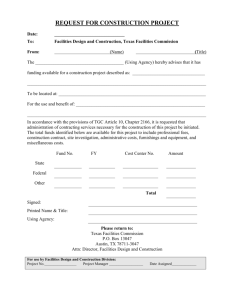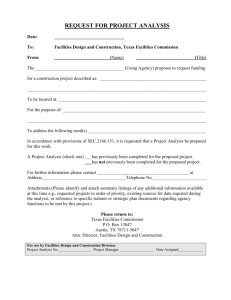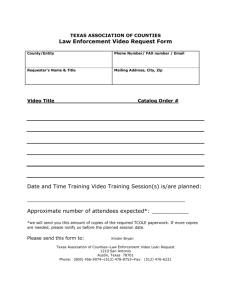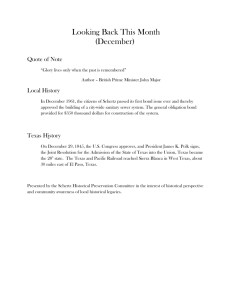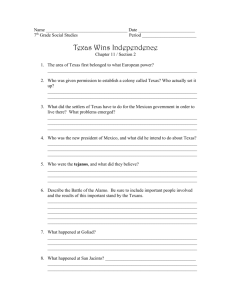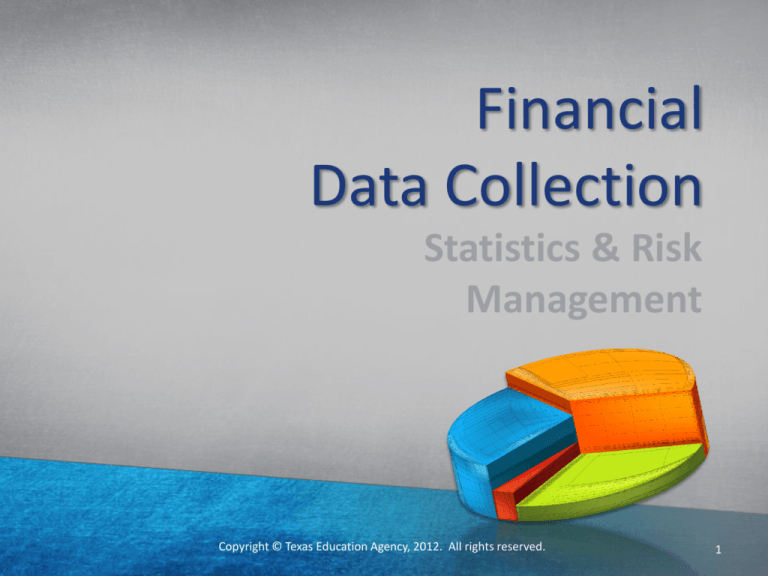
Financial
Data Collection
Statistics & Risk
Management
Copyright © Texas Education Agency, 2012. All rights reserved.
1
A Brief History
Robert (Bob) Cratchit (Scrooge’s book-
keeper-by hand-Tiny Tim’s Dad)
Computer Assisted Book-keeping
Integrated and Automated Accounting
Systems
Copyright © Texas Education Agency, 2012. All rights reserved.
3
Shoe Box Book-keeping
Small businesses often avoid book-
keeping processes.
No time
No expertise
No funds
Big Mistake if Employees are involved.
Copyright © Texas Education Agency, 2012. All rights reserved.
4
Shoe Box Book-keeping
Save Receipts and Bank Statements and
give them to an Accountant at Tax Time.
Is it unethical/unlawful to hide income to
avoid taxes….
Copyright © Texas Education Agency, 2012. All rights reserved.
5
Book-keeping Vs. Accounting
Book-keeping is the collection of business
operations data performed on a
hourly/daily basis.
Accounting is compilation of the collected
statistical data structuring it for high level
analysis.
Copyright © Texas Education Agency, 2012. All rights reserved.
6
Book-keeping Methodologies
Receivables: Income/Revenue Data
Collection
Payables: Expenditure Data Collection
Internal Transaction Data Collection
Copyright © Texas Education Agency, 2012. All rights reserved.
7
Double-Entry General Ledger
• Journals
• Revenue (Credit/Debit Balanced)
• Expenditure (Debit/Credit Balanced)
• Adjustment (Either Order)
Copyright © Texas Education Agency, 2012. All rights reserved.
8
Double-Entry General Ledger
• General Ledger Accounts
•
•
•
•
Assets (Debit Balance +)
Liabilities (Credit Balance -)
Income (Credit Balance -)
Expense (Debit Balance +)
Copyright © Texas Education Agency, 2012. All rights reserved.
9
Financial vs. Managerial
Financial Accounting refers to industry
accepted accounting practices used for
public accountability.
Managerial Accounting is company
specific and usually used internally to
identify problems.
Copyright © Texas Education Agency, 2012. All rights reserved.
10
Financial Reports
Balance Sheet shows the tangible assets,
liabilities, and capital accounts of an
organization (Net Worth).
Income Statement shows the operating
income and expenditures (Profit or Loss).
Copyright © Texas Education Agency, 2012. All rights reserved.
11
For Who?
Who will want to read Financial
Statements/Reports
– Owners/Investors
– Managers
– Customers
– Vendors
– Banks
– Governments (Taxes & Agencies)
Copyright © Texas Education Agency, 2012. All rights reserved.
12


